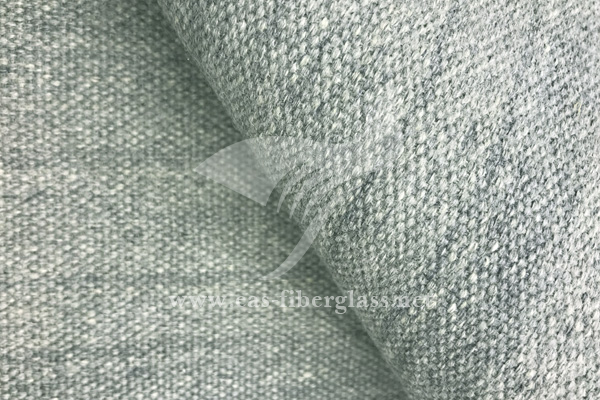Guide to Selecting the Ideal Reinforcing Material
The physical characteristics of composites are predominantly influenced by the fibers they incorporate. The amalgamation of resins and fibers yields properties akin to those of individual fibers. It is evident from test data that fiber-reinforced materials bear the primary load in composite structures. Consequently, meticulous fabric selection is imperative in the design of these structures.
- Identify the Reinforcement Type: Initiate the selection process by determining the specific reinforcement required for your project. Manufacturers typically choose from three prevalent types of reinforcement: glass fiber, carbon fiber, and Kevlar® (aramid fiber). Glass fiber is a versatile option, while carbon fiber offers high stiffness, and Kevlar® provides superior abrasion resistance. Note that fabric types can be combined in laminates, forming hybrid stacks that harness the advantages of multiple materials.
- Fiberglass Reinforcements: Fiberglass stands as a cornerstone in the composites industry, widely utilized since the 1950s. Renowned for its lightweight nature, moderate tensile and compressive strength, resilience to damage and cyclic loading, and ease of handling, fiberglass yields products known as fiberglass-reinforced plastic (FRP). Derived from the melting of quartz and other ores into a glass slurry, the resulting filament exhibits heat resistance, corrosion resistance, and increased strength. Despite its widespread use in insulation, heat preservation, and anti-corrosion applications, fiberglass does have drawbacks, including brittleness and poor ductility.
Fiberglass is favored for its cost-effectiveness and moderate physical properties, making it suitable for everyday projects and less demanding applications.
- Aramid Fiber Reinforcement: Aramid fiber, a high-tech chemical compound, is recognized for its high strength, temperature resistance, corrosion resistance, and lightweight. Widely employed in the defense industry, aramid fibers find applications in bulletproof equipment and flight gear. In the fiber-reinforced plastics industry, para-aramid fibers are acknowledged for their lightweight nature, exceptional specific tensile strength, and resistance to impact and abrasion. Common applications include lightweight hulls, aircraft fuselage panels, cut-resistant gloves, and bulletproof vests. Aramid fibers are typically used in conjunction with epoxy or vinyl ester resins.
- Carbon Fiber Reinforcement: Possessing a carbon content exceeding 90%, carbon fiber boasts the highest ultimate tensile strength in the fiber-reinforced plastics industry, along with notable compressive and flexural strengths. After processing, carbon fibers are combined to form reinforcements such as fabrics and tows. Carbon fiber reinforcement provides high specific strength and specific stiffness, albeit at a higher cost compared to other fibers. Optimal use of carbon fiber involves pairing it with epoxy resins and utilizing standard lamination techniques. It finds applications in automotive, marine, aerospace, and sporting goods industries due to its exceptional properties.
In conclusion, the selection of the right reinforcing material is pivotal for the success of composite structures. Understanding the distinctive characteristics and applications of glass fiber, aramid fiber, and carbon fiber empowers manufacturers to make informed choices tailored to their specific project requirements.
 EAS Fiberglass Co., Ltd is a professional fiberglass products supplier and provides comprehensive and effective material industrial solutions covering the market of high-performance FRP, highly effective temperature insulation, and highly convenient construction. Nowadays, EAS owns various product lines of fiberglass yarn forming, woven fabrics, fabric coating/lamination, FRP, etc. The complete product lines enable EAS to master the quality control and products market competitive. Taking this advantage involves us in many projects and enhance brand promotion. Certified ISO9001-2008 equips EAS staff and management with a more professional operation. Certification of test reports for products is made by third-party laboratories SGS, TUV, DNV, etc.
EAS Fiberglass Co., Ltd is a professional fiberglass products supplier and provides comprehensive and effective material industrial solutions covering the market of high-performance FRP, highly effective temperature insulation, and highly convenient construction. Nowadays, EAS owns various product lines of fiberglass yarn forming, woven fabrics, fabric coating/lamination, FRP, etc. The complete product lines enable EAS to master the quality control and products market competitive. Taking this advantage involves us in many projects and enhance brand promotion. Certified ISO9001-2008 equips EAS staff and management with a more professional operation. Certification of test reports for products is made by third-party laboratories SGS, TUV, DNV, etc.
